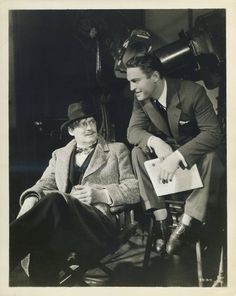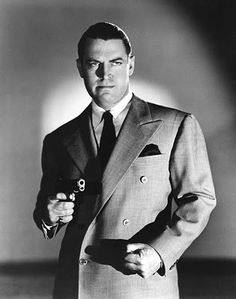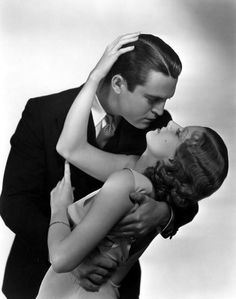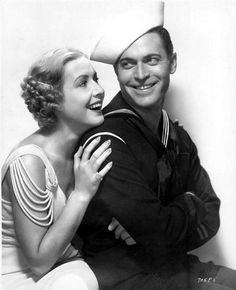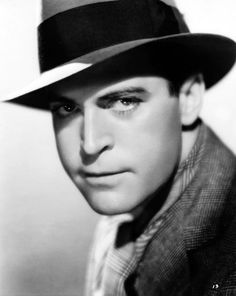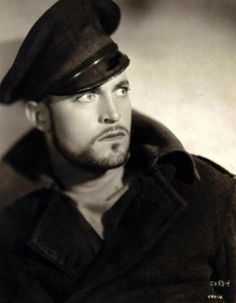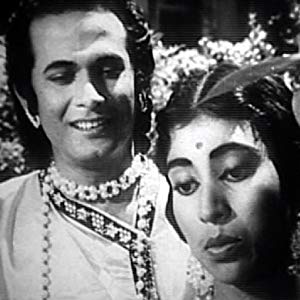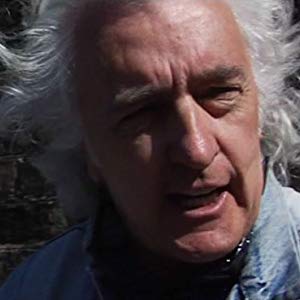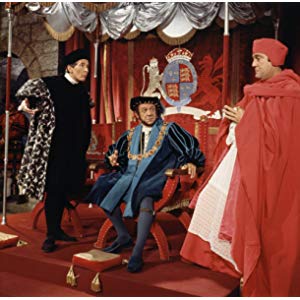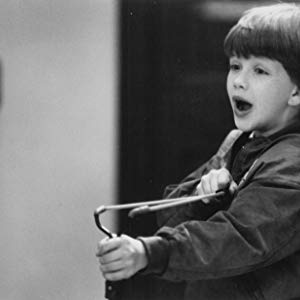While appearing in the Boston Blackie series, Morris continued to appear in roles in other films mostly for Pine-Thomas films for Paramount Pictures. After appearing in 1949's Boston Blackie's Chinese Venture, the final Boston Blackie film, Morris largely retired from films. During the 1950s, he focused mainly on television and theatre, returning to Broadway in 1954 in the comedy The Fifth Season. During this time, Morris also appeared in guest spots for the anthology series Cameo Theatre, Lights Out, Tales of Tomorrow, Alcoa Premiere, Suspense, Danger, Robert Montgomery Presents, The Web, Phillip Morris Playhouse, Studio One, and Kraft Television Theatre. He briefly returned to films in 1955 with a role in the prison drama Unchained, followed by a role in the 1956 science-fiction horror film The She-Creature. In 1960, he had recurring role as Detective Lieutenant Max Ritter in the CBS summer replacement series, Diagnosis: Unknown. The series lasted a year, after which Morris appeared in the NBC television film A String of Beads. In November 1960, he returned to Broadway as Senator Bob Munson in the stage adaptation of the 1959 novel Advise and Consent. Morris remained with the production until it closed in May 1961. In October, he reprised his role for the touring production.


